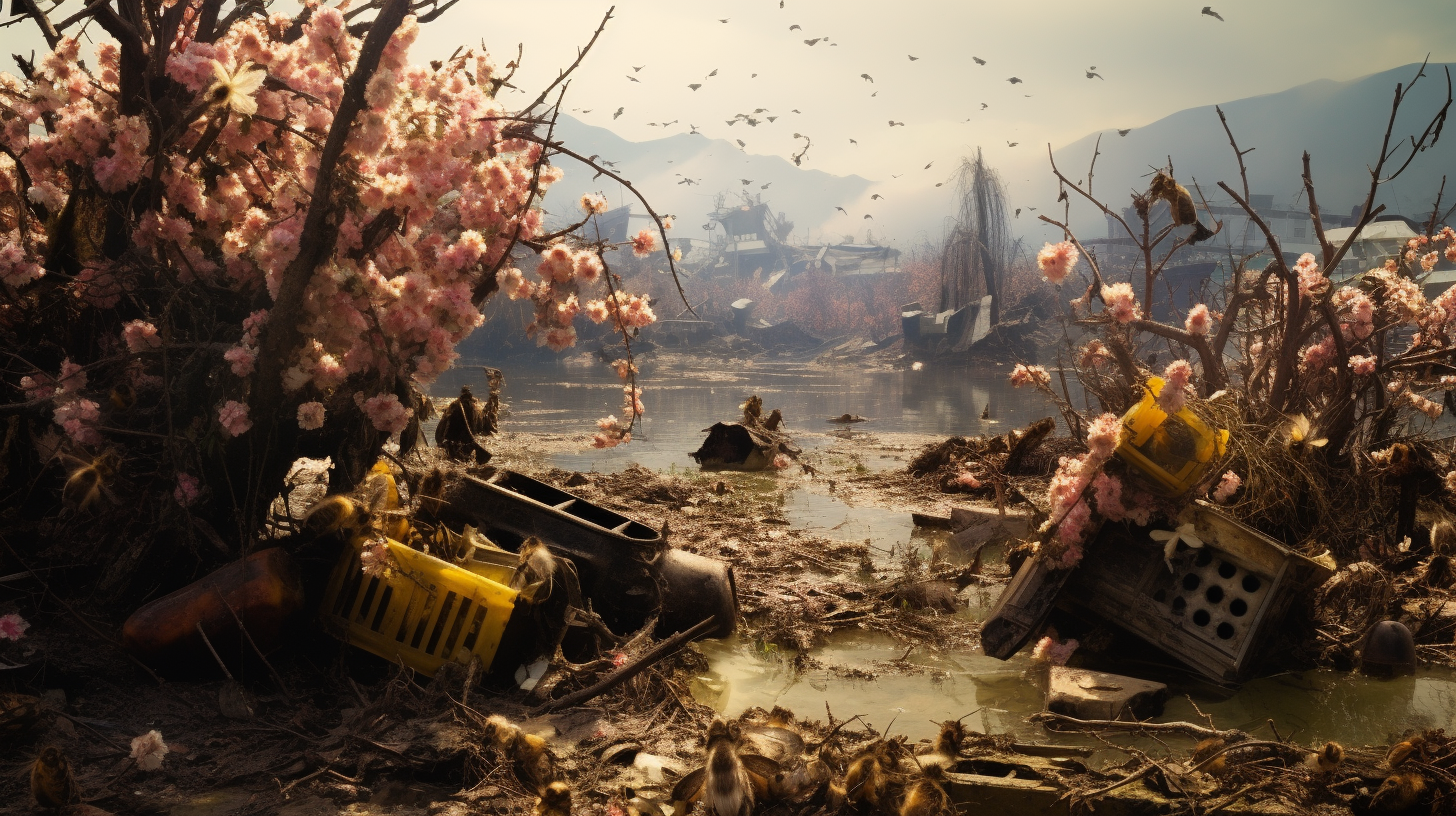As the doleful dirge of the last bee buzzes into silence, our once bountiful orchards stand barren, a testament to a pollination apocalypse. Systemic neglect of environmental health has ushered an era where the birds and the bees are not just a euphemism but a eulogy for a bygone proliferation. In this article, we explore the tangled branches of a world bereft of its natural orchestrators of flora, painting the portrait of a Flowerless Future.
Gone are the days when spring bore the promise of reawakening life; the tapestry of our ecosystem now unfurls with visible gaps as pollinator populations—bees, butterflies, birds, and bats—melt away like the last frost never to return. Precipitated by habitat loss, rampant pesticide use, and climate instability, their decline marks a collapse with rippling global consequences.
Imagine the seasonal ritual of fruit harvest, once a celebratory dance between human and nature, now reduced to labor-intensive and costly manual pollination endeavors—if it happens at all. We delve into the stories of communities where fruit-picking baskets gather dust, silent against the backdrop of empty fields and desolated farmers’ markets. ‘It’s like mourning a season that never comes,’ whispers a forlorn orchardist, once proud guardians of groves now gripping onto the straws of artificial pollination methods – yet another canker in our dystopian tableau.
As we traverse through the parched aisles of supermarkets, the absence of vibrantly hued produce is glaring. The remaining fruit—artificially germinated through technological means—is a luxury few can afford, resulting in a monotonous, colorless diet that fuels the scarcity mindset prevailing in society’s psyche. Vital nutrients and a diversified food palette are now the trappings of nostalgia. ‘Our dinners mirror the grays and browns of the dying earth outside,’ comments an urban survivor, ‘varied flavors are but echoes of a once-verdant world.’ This is more than a still life; it is life standing still, static and subdued.
Yet, our journey through this dystopian landscape of gastronomy is not without purpose—it is an exposé to invoke reflection and ambition. As we probe the depths of humanity’s short-sightedness, we uncover the pioneering, albeit desperate, attempts to engineer synthetic pollinators. Robotic insects and artificial pollination drones buzz in a void left by nature’s organic artisans. It’s a curious mix of awe at human ingenuity and a lament for what has been irrevocably lost—a sentiment echoed by a former beekeeper turned technology enthusiast, ‘We play gods in a world where nature’s deities have perished.’
In concluding this narrative of loss, we are compelled to ponder—that which we have forfeited out of negligence, can it be replicated in laboratories and workshops? Is there beauty in the petal-less blossoms of engineered flora, or will they serve as hollow memorials to the vanished vivacity we once took for granted?
It is within this silence, this chasm where nature’s chorus once swelled, that we find the true cost of our inaction. We present this article not with hope but as a mirror—the piercing gaze into which may finally awaken our global conscience. For after the last pollinator takes flight, it is more than just fruits we lose; it is the essence of life’s delicate dance, choreographed over millennia, now faltering at humanity’s hand.
